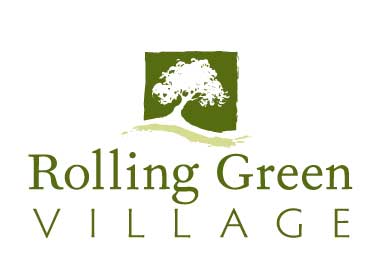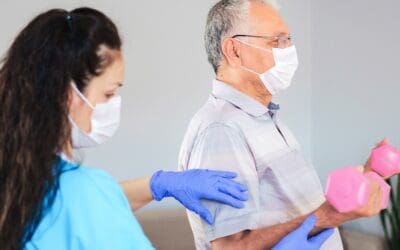What Is Parkinson’s Disease?
Parkinson’s is a chronic neurodegenerative disease, meaning it persists for a long period of time, and it affects the neurons in the brain. An estimated 1 million people in the U.S. have been diagnosed with the disease. Parkinson’s symptoms include akinesia, rigidity, rest tremor and postural instability. It looks and feels like tremors, slowed movement, stiff muscles, loss of balance and poor coordination. Parkinson’s treatment includes physical activity, which is believed to positively impact the course of the disease. Parkinson’s treatment can also involve physical, occupational and speech therapies, and neurorehabilitation.
Physical Therapy for Parkinson’s
One of the major Parkinson’s symptoms treated by physical therapy is postural instability. People with Parkinson’s tend to round their spine forward and their posture closes in. Mobility issues can become a problem, and a fear of falling can develop. Physical therapists work to combat these symptoms by helping people with Parkinson’s improve their balance and increase their confidence in their physical abilities, making their day-to-day tasks easier. They use exercise machines specially designed for people with mobility issues, and they focus their methods on helping people get back to doing the things they love, whether that’s playing with their grandchildren or going on a daily walk with their partner.
There are even some innovative physical therapy programs out there intended to slow the progressing symptoms of Parkinson’s or even reverse symptoms that have developed. LSVT BIG is a program that uses “high intensity, amplitude, and calibration” training to fight Parkinson’s. A person practices using big, fast movements to combat Parkinsons’ tendency to make a person move in small, slow amounts. It’s a unique way of approaching the disease that aims to connect one’s mind and body.
Occupational Therapy for Parkinson’s
Occupational therapy focuses on helping people with physical and mental impairments get back to fulfilling the role in life they had performed before developing an ailment. This could be going to school or work, or being a parent or grandparent. Tactics are used to instill confidence in the patient that they have the capability to do what they love most in life or get what they want out of life. Methods are chosen based on each person’s unique needs and life story, so they may find personal fulfillment in life.
Speech Therapy for Parkinson’s
Along with the slow movement and tremors that come with Parkinson’s is difficulty speaking. People with Parkinson’s may develop a stutter, have trouble uttering words, or struggle with knowing what volume is appropriate. Speech therapy is used to help people with Parkinson’s get their voice back, to feel confident and comfortable speaking aloud and to maintain their sense of self.
LSVT LOUD is a speech therapy program that trains people with Parkinson’s to use their voice at a more normal volume. The goal is to “recalibrate their perception” so they know how loud or soft their speech is and they feel comfortable speaking aloud in social settings.
Rehabilitation for Parkinson’s
The goal of neurorehabilitation is to help people suffering from neurological impairments regain their independence and confidence in their abilities. In a rehabilitation facility in Greenville, SC a combination of physical, occupational and speech therapies is used to help the resident work to overcome struggles with day-to-day tasks and leave with the confidence to handle them on their own. It’s an especially important practice for the treatment of axial symptoms such as freezing, hypophonia, dysphagia, postural instability and postural disturbances.
Therapy and rehabilitation help seniors with Parkinson’s manage their symptoms; regain their independence and confidence; and not only deal with their disease, but work with the abilities they do have to live their lives to their fullest extent. At Rolling Green Village, our 5-Star-rated Health Center provides therapy and rehabilitation from caring, dedicated therapists. We offer direct admittance, meaning you don’t have to be a resident of Rolling Green Village to utilize our health services, and we accept Medicare, long-term care insurance and private pay.



